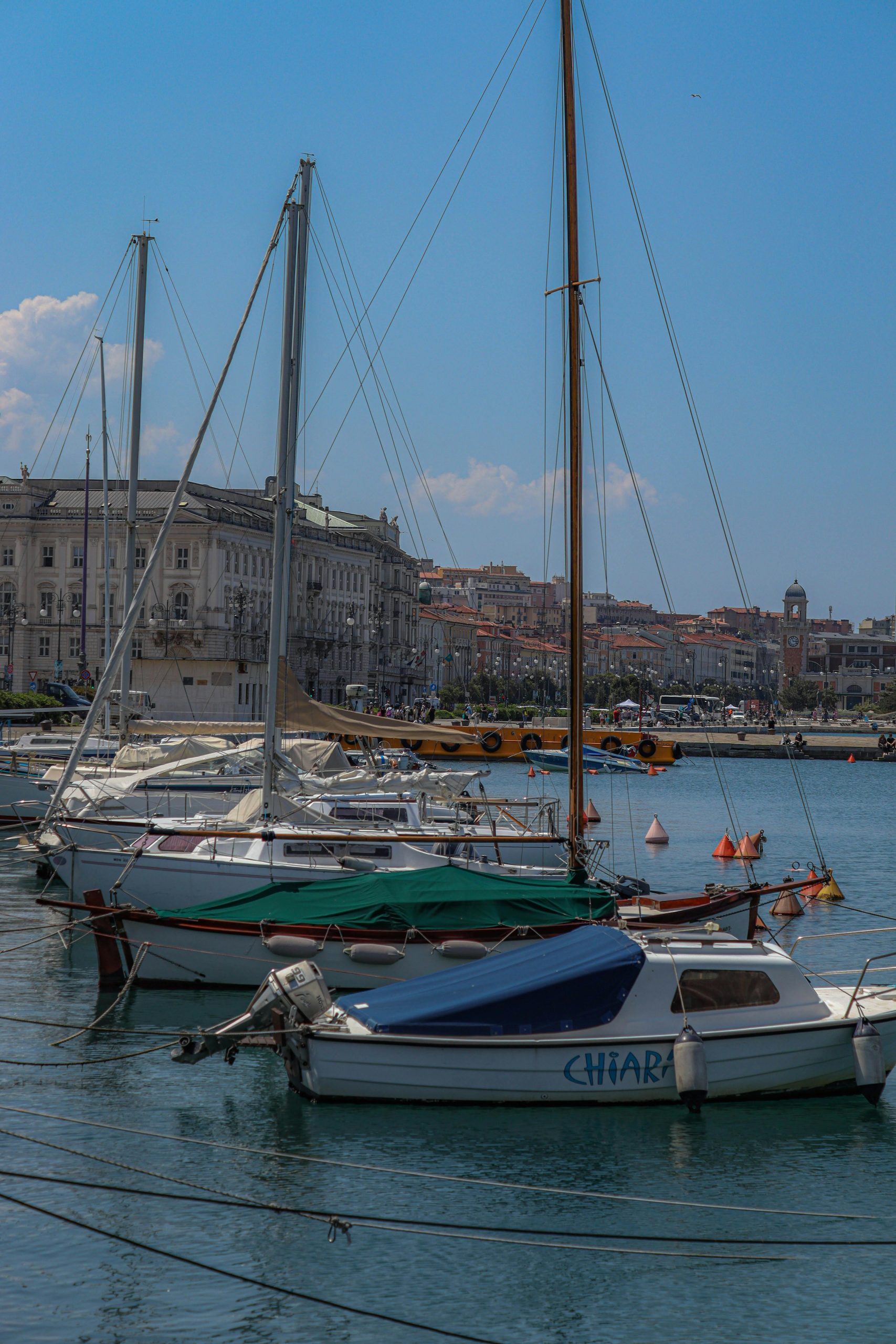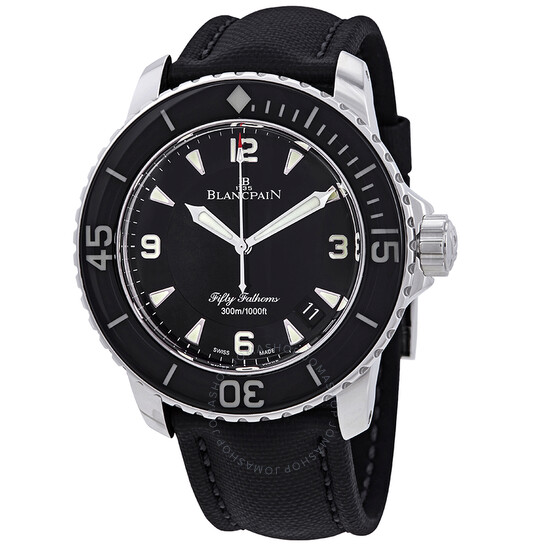As a traveler with a deep passion for Italy, I’ve traversed the rolling hills of Tuscany, savored the chaotic charm of Naples, and marveled at the timeless beauty of Rome. Yet, my recent visit to Trieste—my first to this northeastern jewel—left me enchanted. Tucked away in the Friuli Venezia Giulia region, Trieste is a city that blends Italian flair with a rich tapestry of Central European influences. If you’re planning a trip to Italy and crave something off the well-trodden path, here’s why Trieste should climb to the top of your list. In this post, I’ll dive into its unique location, fascinating history, stunning architecture, and vibrant culture—plus, I’ll share a curated three-day itinerary of things to do in Trieste for a memorable visit. Welcome to my latest adventure on CrossLuxe!
Trieste’s Location: Where Italy Meets the Adriatic and Beyond
Trieste sits at Italy’s northeastern edge, a stone’s throw from Slovenia and a whisper from Croatia. Perched on the Gulf of Trieste along the Adriatic Sea, its position has shaped its identity as a crossroads of cultures. The city spills down from the rugged Karst Plateau to the waterfront, offering sweeping sea views that rival the Amalfi Coast—minus the crowds. It’s a two-hour train ride from Venice (check schedules on Trenitalia), making it an easy add-on to a broader Italian journey. For me, arriving by train and seeing the sea unfold before the city was a moment of pure awe—a perfect introduction to Trieste’s understated allure.
A History of Empires and Resilience
Trieste’s past reads like a historical novel. Once a key port of the Austro-Hungarian Empire from the 14th century until 1918, it flourished as a maritime hub rivaling Vienna and Budapest. The city’s golden age under Empress Maria Theresa left an indelible mark, with grand architecture and a cosmopolitan spirit. After World War I, Trieste joined Italy, but its borderland status led to turbulence—World War II saw German occupation, and it wasn’t until 1954 that Trieste fully returned to Italian sovereignty. This melting pot history—Latin, Slavic, Germanic—infuses the city with a unique character. Walking its streets, I felt the echoes of empires past, a sensation that’s rare even in a country as storied as Italy.
Architecture: A Symphony of Styles
If you’re an architecture buff like me, Trieste is a feast for the eyes. The city’s Habsburg legacy shines in its neoclassical masterpieces, like the palazzos lining Piazza Unità d’Italia, one of Europe’s largest sea-facing squares. The square’s grandeur—think Vienna meets Venice—stopped me in my tracks. Then there’s the Miramare Castle, a whitewashed 19th-century marvel perched on a cliff overlooking the sea, blending Gothic, Medieval, and Renaissance styles. In the historic center, Roman ruins like the Roman Theatre mingle with Baroque churches and Art Nouveau facades. The Canal Grande, framed by pastel buildings, feels like a quieter, more refined cousin to Venice’s waterways. Every corner reveals a new architectural layer, and I found myself snapping photos nonstop.
Culture: Coffee, Literature, and a Cosmopolitan Vibe
Trieste’s culture is as layered as its history. Known as Italy’s “coffee capital,” the city’s port has imported beans since the 18th century, fostering a coffeehouse tradition that rivals Vienna’s. Sipping an espresso at Caffè San Marco, a historic haunt of writers like James Joyce, felt like stepping into a literary time capsule. Speaking of Joyce, Trieste’s intellectual heritage is palpable—Italo Svevo and Umberto Saba also called it home. The local dialect, Triestino, blends Italian with Slavic and Germanic notes, and the cuisine reflects this fusion: think hearty jota (bean and sauerkraut soup) alongside fresh Adriatic seafood. For me, the city’s sophisticated yet relaxed vibe was a perfect balance—vibrant but never overwhelming.
Things to Do in Trieste: A 3-Day Itinerary
Here’s how to make the most of three days in this captivating city. Each suggestion is steeped in Trieste’s essence, optimized for adults seeking culture, history, and a touch of leisure. For more travel inspiration, explore CrossLuxe’s Italy guides.
Day 1: Immerse in the Historic Heart
- Morning at Piazza Unità d’Italia: Start with a coffee at Caffè degli Specchi (reserve a spot via their site) and soak in the square’s neoclassical splendor. Wander to the nearby Molo Audace, a pier offering panoramic sea views.
- Afternoon at the Roman Theatre: A short walk uphill reveals this 1st-century relic. Pair it with a visit to the Civico Museo di Storia ed Arte (info here) for context on Trieste’s Roman roots.
- Evening Stroll Along Canal Grande: Dine at a canalside spot like Trattoria Nerodiseppia—their seafood risotto is divine. Book ahead on TheFork.
Day 2: Castles and Coffee Culture
- Morning at Miramare Castle: A 20-minute bus ride (use Trieste Trasporti) takes you to this fairy-tale estate. Tour the lavish interiors and stroll the gardens—tickets available on Musei FVG.
- Afternoon Coffee Crawl: Hit Caffè Tommaseo (Trieste’s oldest, details here) and Caffè San Marco. Order a “capo in b” (cappuccino in a glass) and savor the Viennese pastries.
- Evening at Teatro Verdi: Catch an opera or concert at this Habsburg-era theater. Check schedules on Teatro Verdi Trieste.
Day 3: Nature and Nearby Wonders
- Morning at Grotta Gigante: This massive cave, a 30-minute drive or bus ride away, is a natural wonder. Book a guided tour via Grotta Gigante—it’s a workout with 500 steps, but worth it.
- Afternoon Day Trip to Aquileia: Rent a car (Discover Cars) for the 45-minute drive to this UNESCO site. Explore Roman ruins and the cathedral’s mosaics. Learn more at Aquileia Turismo.
- Evening Farewell Dinner: Back in Trieste, dine at Ristorante Scabar (reserve on their site) for inventive seafood with a view.
Final Thoughts: Why Trieste Stole My Heart
Trieste isn’t just another Italian city—it’s a revelation. Its location offers a gateway to Slovenia and Croatia, its history weaves a compelling narrative, its architecture dazzles, and its culture invites you to linger. For a traveler like me, it’s the kind of place that rewards curiosity and delivers sophistication without pretense. Whether you’re a history buff, a foodie, or just craving a fresh Italian experience, Trieste delivers. Ready to plan your trip? Dive into more travel tips at CrossLuxe and book your Trieste adventure today. Trust me—you won’t regret it.






Leave a Reply